Dak Lak Provincial People's Committee requested relevant localities, departments and branches to effectively implement elephant conservation policies in the province.
Over the years, with the support of Animals Asia, the People's Committee of Dak Lak province has issued many policies, programs and projects on the conservation and development of domesticated elephants in the area.
At the same time, the Provincial People's Committee directed relevant sectors and localities with elephants such as Buon Don and Lak districts to promote the implementation of policies, projects, programs and plans on the conservation and development of domesticated elephants in the area effectively...
The province has stepped up propaganda and encouraged businesses and households that own elephants to change their tourism model from elephant riding tourism to elephant-friendly tourism... to free the domestic elephants and best preserve the existing domestic elephant herd in the area.
Over the past 40 years, the herd of domesticated elephants in Dak Lak province has decreased from 502 to just under 35.
Over the past decades, although the authorities have implemented many solutions to support reproduction for the domesticated elephant herd in the province, no domesticated elephant has successfully reproduced. Currently, the domesticated elephant herd in the province is at risk of continuing to decline.
To preserve elephant herds in the province, the Dak Lak Provincial People's Committee issued Decision No. 220/QD-UBND on promulgating the National Action Plan on elephant conservation in Dak Lak province until 2035, with a vision to 2050.
Accordingly, the Dak Lak Provincial People's Committee requested relevant localities, departments and branches to effectively implement elephant conservation policies in Dak Lak province; at the same time, review and perfect mechanisms and policies to suit the actual conditions of elephant conservation and development in Dak Lak in the period of 2025-2035, with a vision to 2050.
Specifically, elephant conservation activities must focus on inheriting and promoting the achievements from elephant conservation activities in projects, programs, and plans implemented in the past regarding rescue, care, breeding, etc.
At the same time, strengthen cooperation and association with international elephant conservation organizations to share experiences, elephant conservation initiatives and high-tech techniques, and select applications in the conservation of wild and captive elephants in the province.
Focus on researching, developing and implementing processes, techniques and solutions for managing, monitoring, rescuing, releasing wild elephants, and managing human-elephant conflicts in the direction of promoting harmonious coexistence, enhancing welfare, care and nurturing for captive elephants; protecting the living environment for wild elephants...
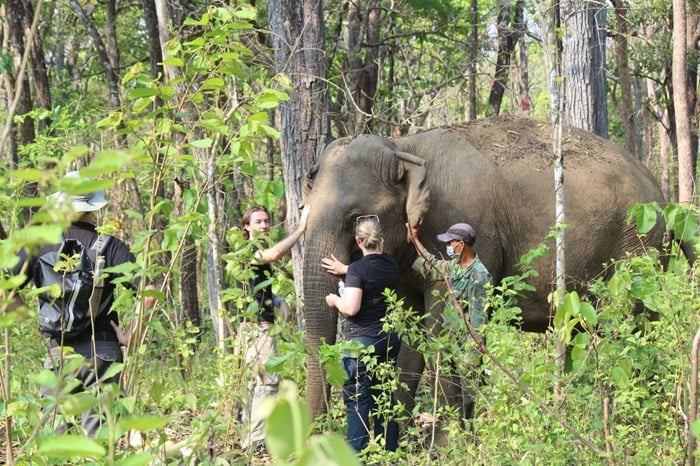
Dak Lak strengthens cooperation and links with international elephant conservation organizations to share experiences and initiatives to conserve elephants - a giant wild animal.
Implement a program to promote elephant reproduction on fertile female elephants to maintain development; increase the legal Asian elephant breed source through a program to import young elephants as breeding stock through diplomatic channels from the Government and participate in the regional Zoo Association to exchange Asian elephant genetic resources.
Promote the mobilization of research units, scientists and experts to participate in in-depth research projects on elephants, proposing scientific and environmentally sustainable solutions.
Develop communication programs and organize propaganda and education to raise awareness and change behavior for different target groups about the importance of elephant conservation and human-elephant conflict management towards harmonious coexistence.
Arrange investment funds to complete the elephant care and rescue complex: build fences, elephant care houses and internal roads of the elephant care and rescue complex (phase 2); purchase machinery, equipment and specialized vehicles to ensure rescue, health check-ups and reproduction for elephants and other wild animals...
Previously (November 2024), the Ministry of Agriculture and Rural Development announced the Elephant Conservation Action Plan in Vietnam to 2035, vision 2050 (VECAP 2022).
This is an important milestone in elephant conservation efforts, integrating pilot initiatives, enhancing community engagement and policy development to ensure the survival and sustainable development of elephants in Vietnam in the coming decades.
VECAP 2022 has proposed 33 groups of solutions/actions for wild elephants and 21 groups of solutions/actions for captive elephants, to be implemented from now until 2035 with a vision to 2050, to conserve and develop/increase the number of elephants in Vietnam, while promoting harmonious coexistence between elephants and the human community.
Long-term goals include expanding the protected area system, strengthening anti-poaching measures and developing ecotourism, which both supports conservation and boosts the local economy, creating a solid foundation for implementing the plan.
The National Action Plan for Elephant Conservation to 2035, with a vision to 2050, demonstrates Vietnam's commitment to a unified, culturally respectful strategy that ensures a future for this precious species.
The Government of Vietnam calls for the cooperation of relevant parties, including local communities, non-governmental organizations and the international community to support the implementation of this strategic and feasible plan.
From about 2,000 elephants discovered in the 1980s, the Asian elephant population in Vietnam has declined to an alarming level of less than 200 wild elephants.
As an important indicator species in forest ecosystems, the existence of elephants is essential for the protection of biodiversity and other coexisting species.
In 1996, 2006, 2012, 2013 and 2022, Vietnam issued one ministerial action plan and three government-level plans and projects to conserve elephants due to the importance of this species.
Source: https://danviet.vn/dak-lak-dang-bao-ton-mot-loai-dong-vat-hoang-da-khong-lo-dan-vo-rung-thay-con-vat-nay-di-lang-thang-20250223001842037.htm








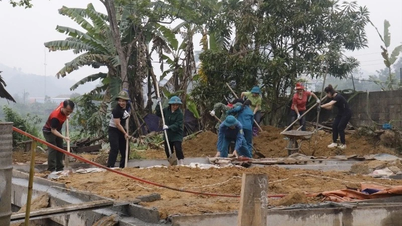

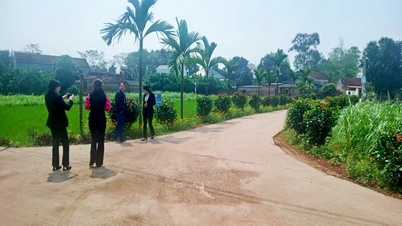

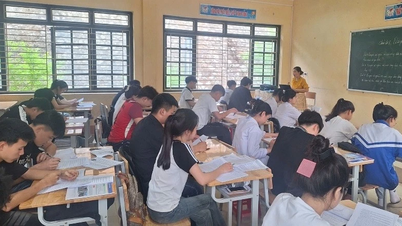
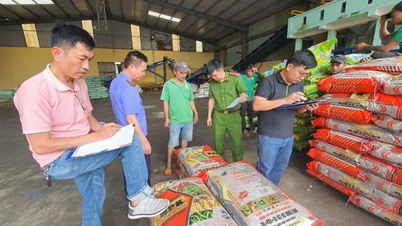
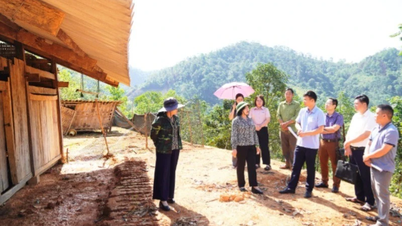






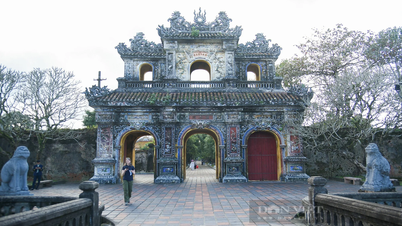
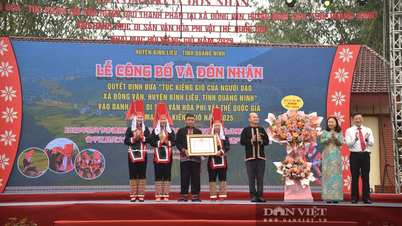
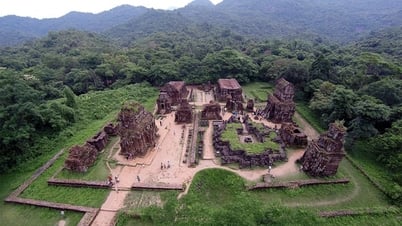
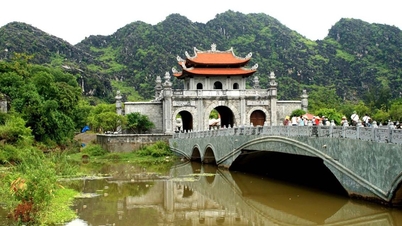
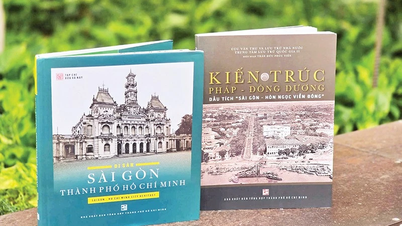














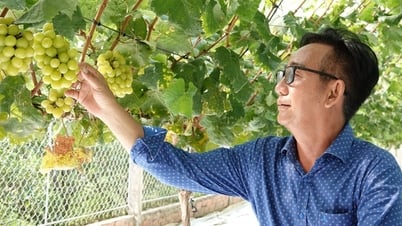
















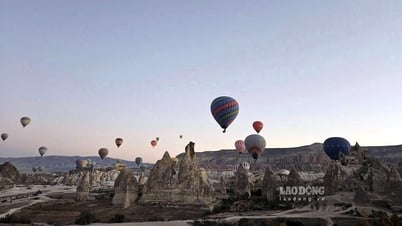

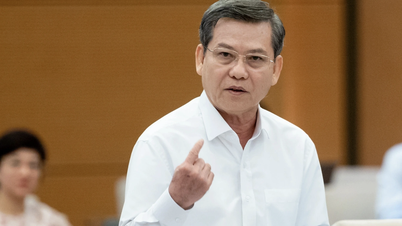



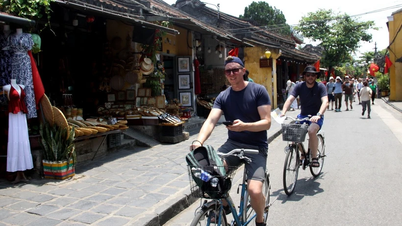


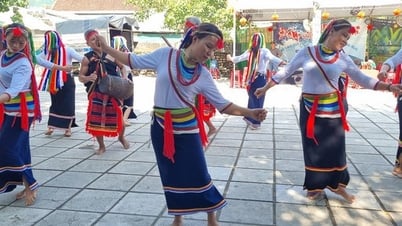





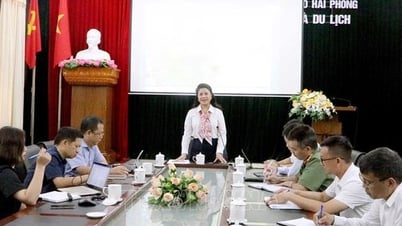
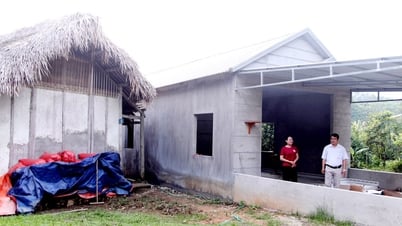



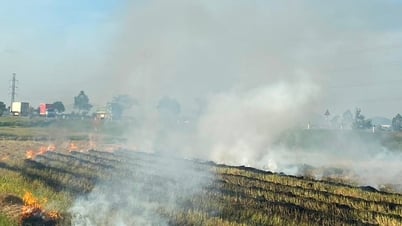





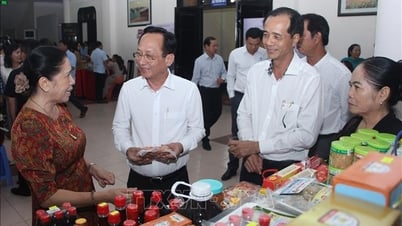










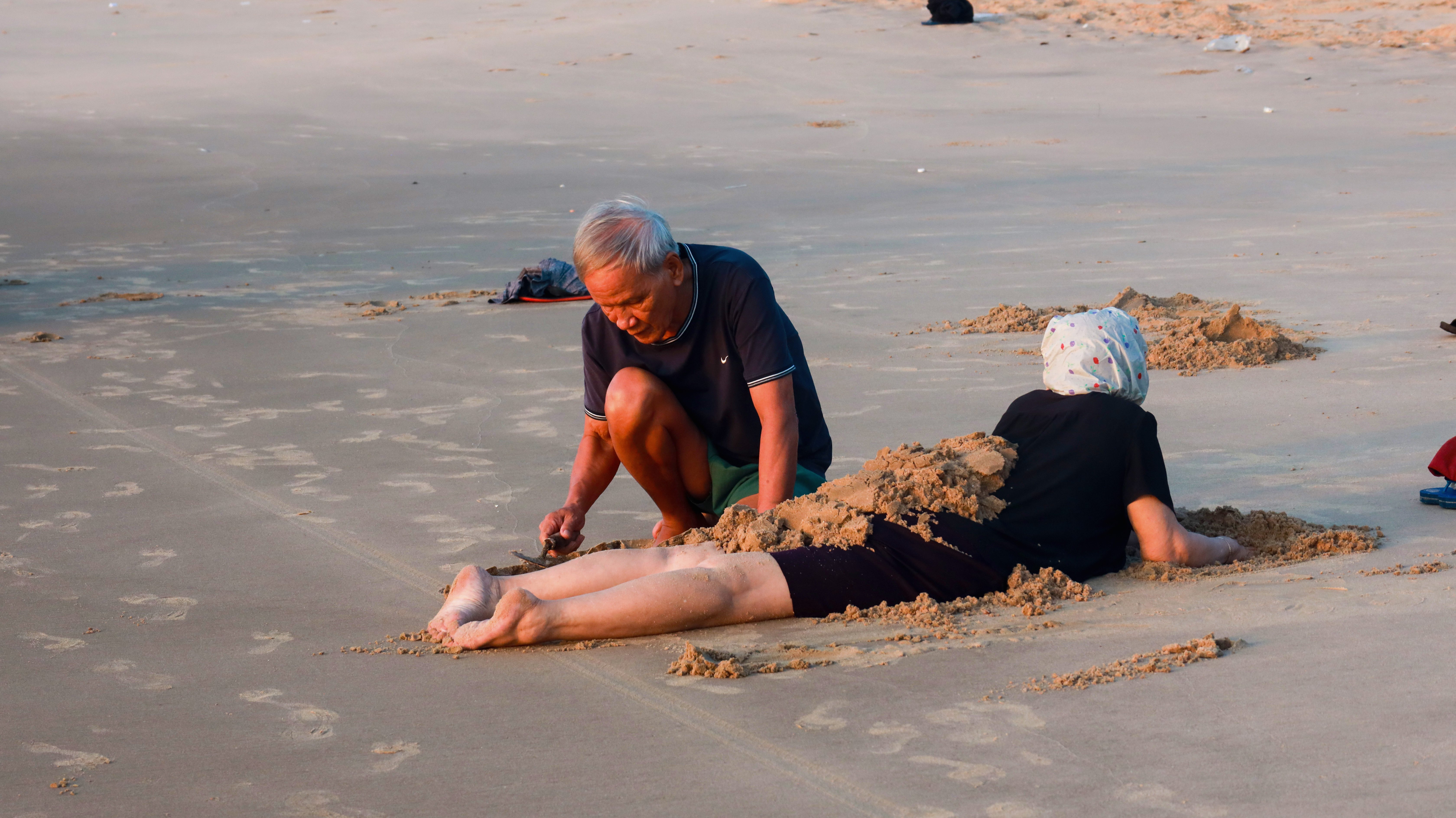

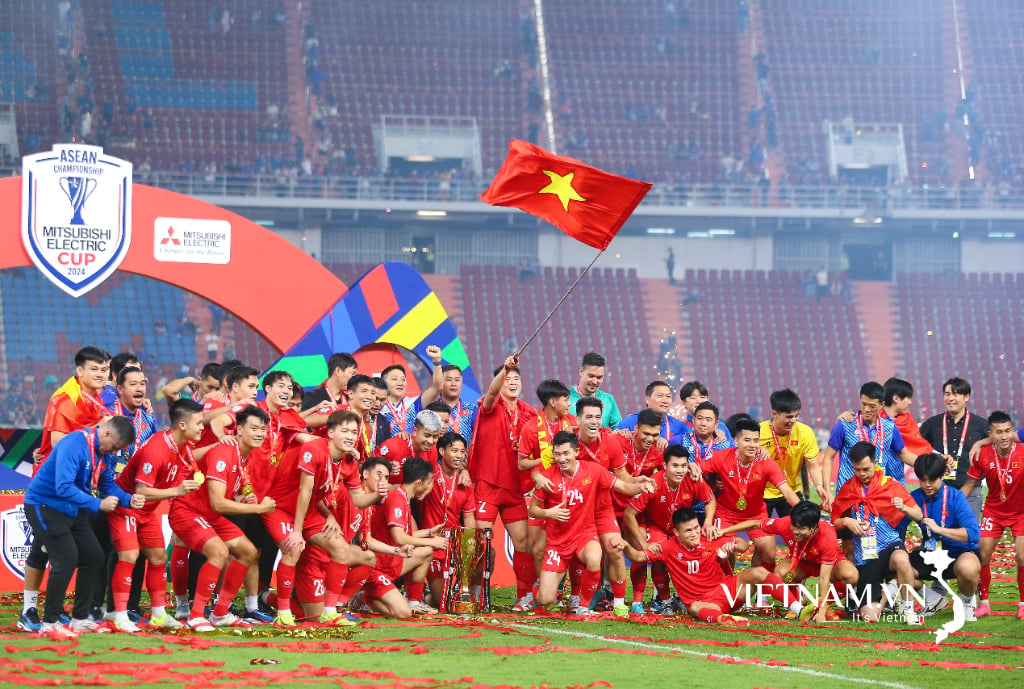
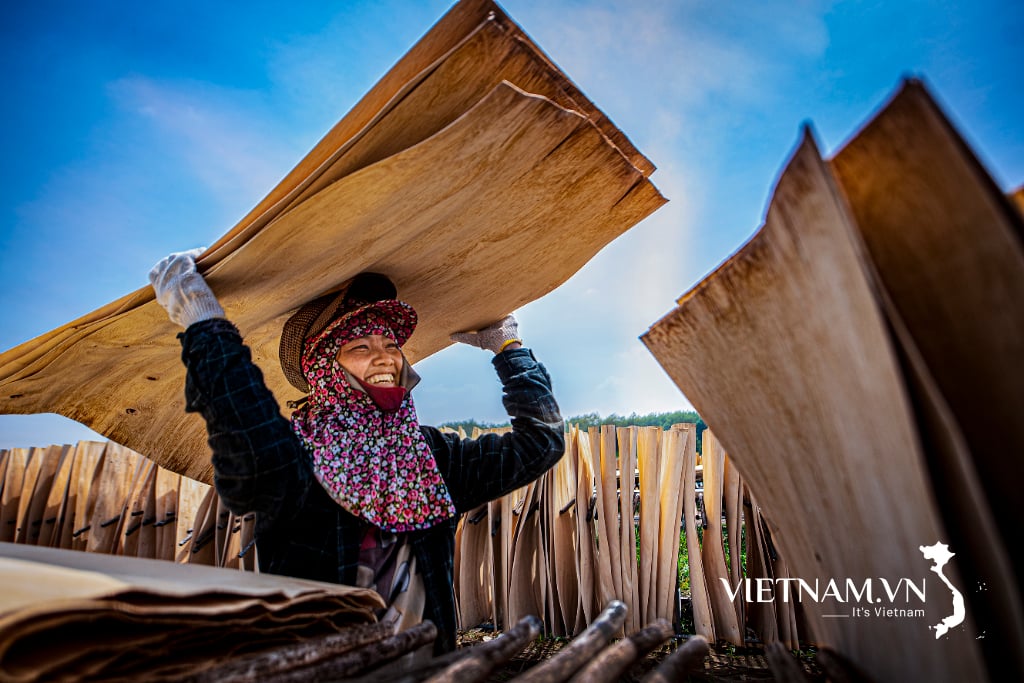
Comment (0)